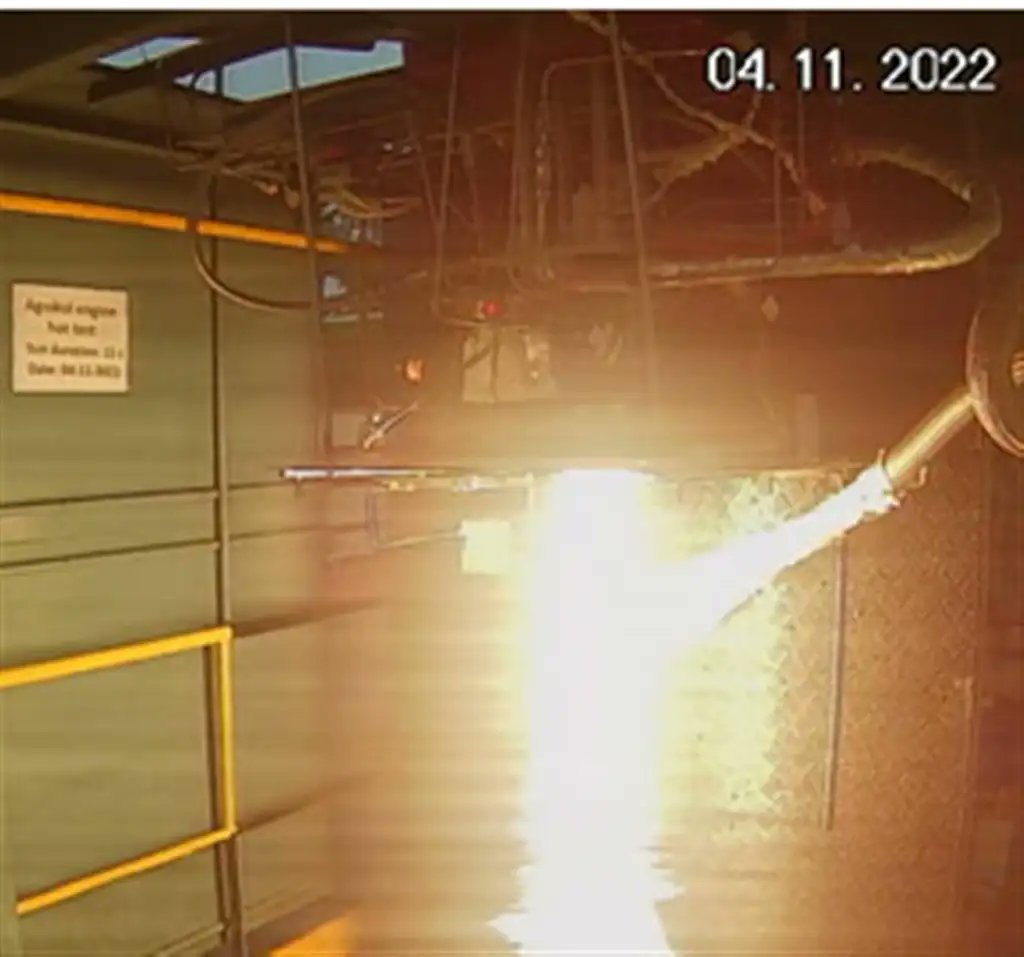ISRO said its lead rocket development facility, the Vikram Sarabhai Space Centre (VSSC) facilitated the hot testing of a Rocket Engine developed by an Indian Start-up on November 4.
VSSC successfully conducted the 15 second hot test of Agnilet Engine for Agnikul Cosmos Pvt Ltd on November at its Vertical Test Facility, Thumba Equatorial Rocket Launching Station (TERLS), Thiruvananthapuram.
The test was carried out as a part of an MOU signed betwenn ISRO and Chennai based Agnikul to povdie opportunity for Indian Space Startups to use ISRO facilitites through InSpace.
"Agnilet is a regeneratively cooled 1.4 kN semi-cryogenic Engine, working at a chamber pressure of 10.8 bar(a) using Liquid oxygen and Aviation Turbing Fuel (ATF) as propellants.
This Engine is realised through state of art 3D printing Technology and material of construction is INCONEL-718"
Agnikul Cosmos sadi: "Humbled to announce that we successfully test fired one version of out patented technology based single piece, fully 3d printed, 2nd Stage Semi-Cryogenic Engine - Agnilet at VSSC.
Here's old video of Agnilet Engine Testing (not current testing, only for reference)


Comments
Post a Comment